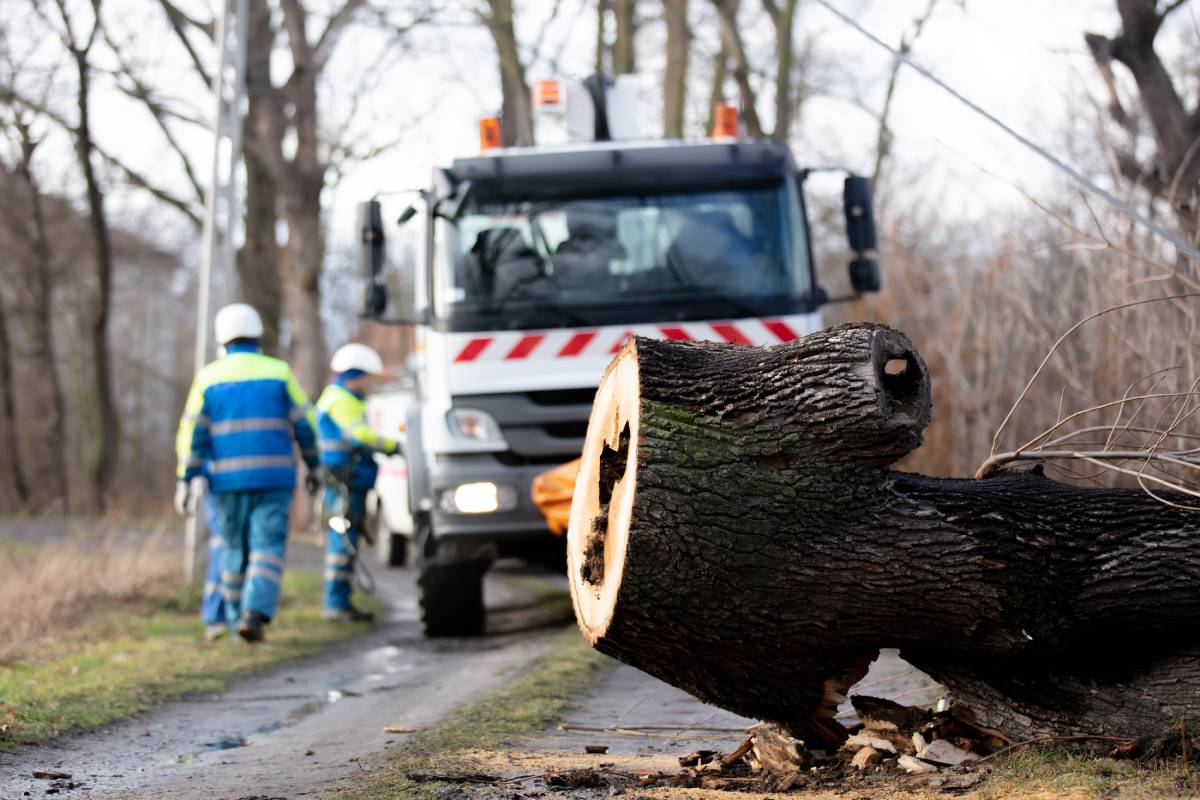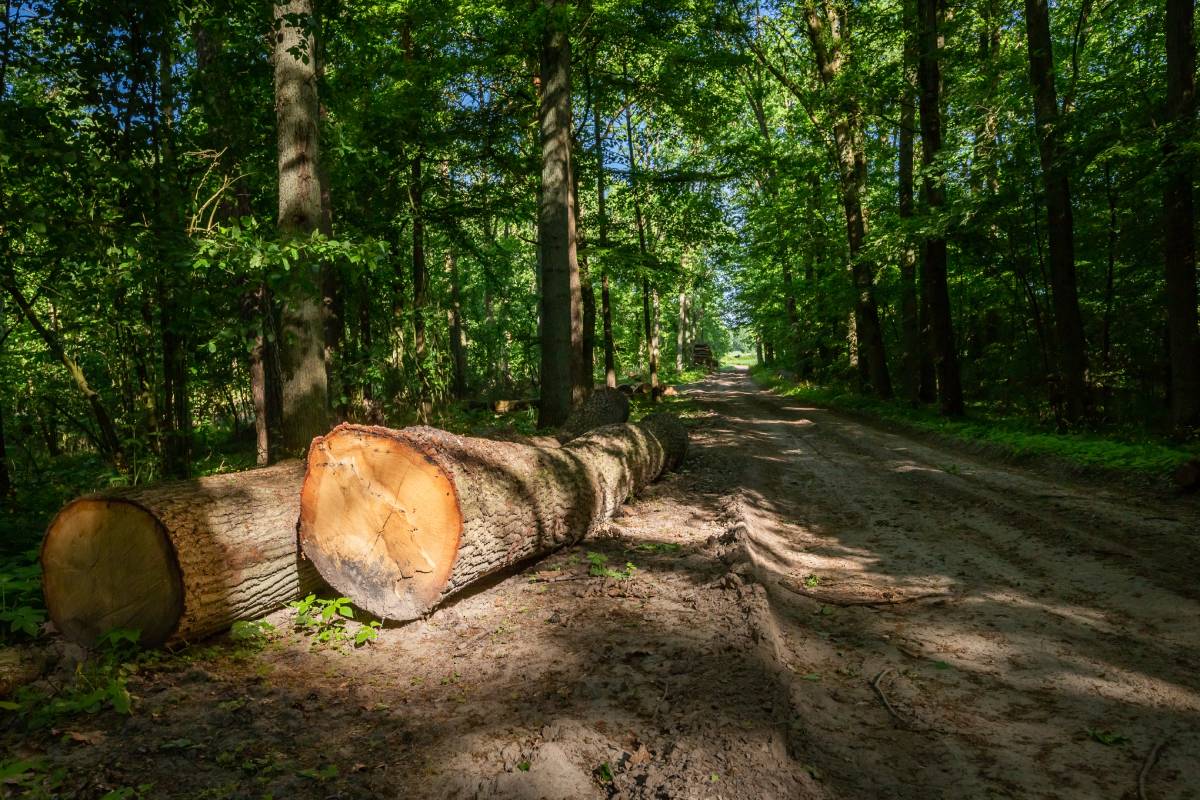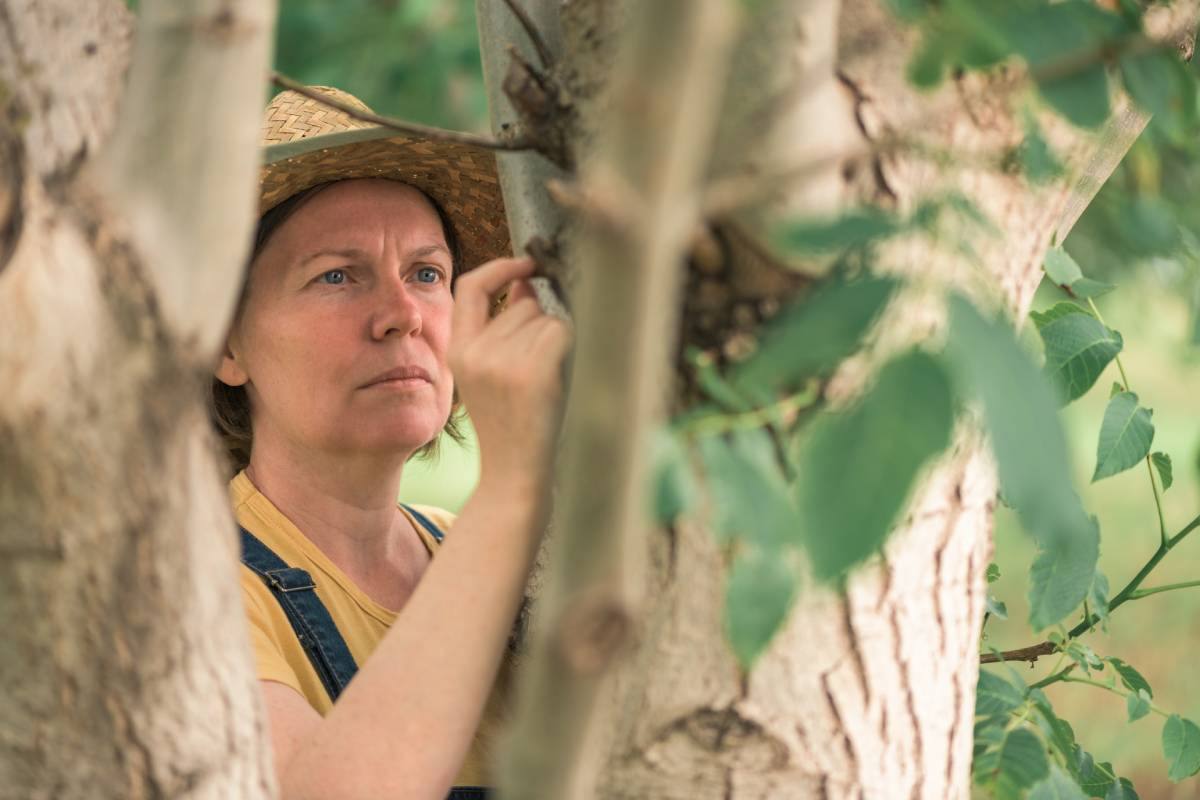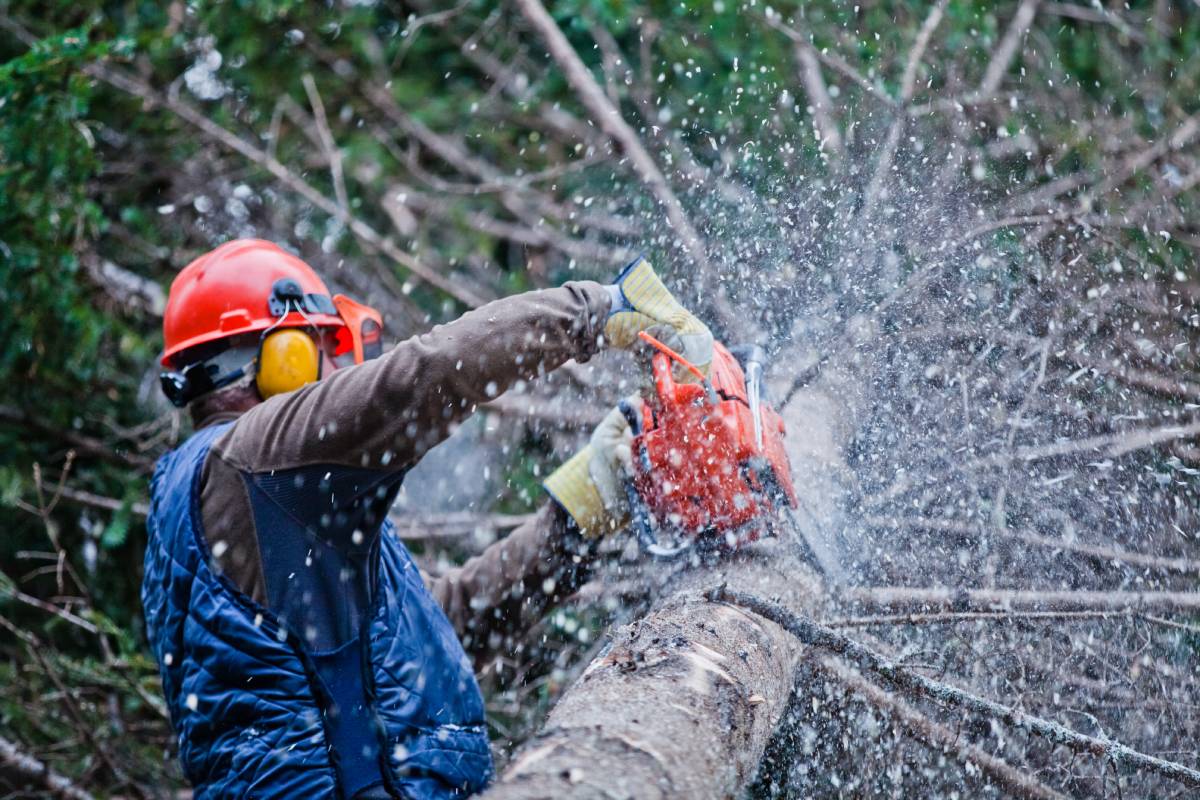
What does tree lopping mean? What are the advantages of lopping? What are the disadvantages of lopping?
Tree lopping, a common term in arboriculture, involves the cutting or trimming of branches for various reasons. While it is often seen as a quick solution to address concerns such as safety hazards or aesthetic issues, it is crucial to understand both the advantages and disadvantages associated with this practice.
In this discussion, we will explore the potential benefits of tree lopping, its drawbacks, and the importance of responsible tree care practices to ensure the health and longevity of trees.
What does tree lopping mean?
Tree lopping is a term commonly used in the realm of arboriculture, and it refers to the practice of trimming or cutting off branches and foliage from a tree. While the term is widely used, it’s essential to note that tree lopping is not always the best or most appropriate method for tree care. In fact, it can have detrimental effects on the health and stability of a tree if not done properly.
The main goal of tree lopping is often to reduce the size or height of a tree, address safety concerns, or manage the tree’s shape. However, it’s crucial to distinguish between tree lopping and proper tree pruning. Tree pruning focuses on selectively removing specific branches to improve the tree’s structure, health, and appearance, while tree lopping involves more drastic cutting that may not follow the principles of good tree care.
One common reason people resort to tree lopping is to clear branches that may pose a threat to buildings, power lines, or other structures. While safety is undoubtedly a priority, it’s essential to approach tree care with a holistic perspective. Unprofessional or excessive lopping can lead to a range of issues, including stress on the tree, decay, and an increased risk of disease.
Improper tree lopping often results in large, open wounds that leave the tree vulnerable to pests and diseases. Additionally, the regrowth that occurs after lopping is typically vigorous and may create a structurally weak and unbalanced tree. In the long run, this can pose greater risks than the initial concerns that prompted the lopping.
For responsible tree care, it is recommended to consult with a certified arborist who can assess the situation and provide appropriate solutions. Arborists have the knowledge and skills to determine the best course of action for maintaining the health and structural integrity of trees. This may involve selective pruning, crown thinning, or other methods that align with proper arboricultural practices.
In summary, tree lopping involves the cutting or trimming of tree branches for various reasons, but it’s a practice that should be approached cautiously. Responsible tree care emphasizes proper pruning techniques to ensure the well-being and longevity of trees. If you have concerns about a tree on your property, seeking advice from a qualified arborist is the best way to promote a healthy and safe environment for both the tree and its surroundings.

What are the advantages of lopping?
Tree lopping is a practice that involves cutting or trimming branches from a tree, and while it is a common approach for various reasons, it’s important to recognize that the advantages of lopping may come with certain caveats. Here, we’ll explore some of the potential benefits of tree lopping, keeping in mind the importance of responsible and informed tree care practices.
- Risk Reduction: One of the primary advantages of tree lopping is risk reduction. Removing overhanging branches or limbs that pose a threat to structures, power lines, or pedestrian areas can enhance safety. By eliminating potential hazards, property owners can mitigate the risk of falling branches during storms or adverse weather conditions.
- Improved Aesthetics: Tree lopping can contribute to the visual appeal of a property by shaping the tree to a desired form. This is particularly useful for ornamental trees or those located in urban settings where aesthetics play a significant role. A well-maintained and aesthetically pleasing tree can enhance the overall landscape.
- Enhanced Sunlight Penetration: Lopping can be beneficial in situations where a tree’s dense foliage is blocking sunlight. By strategically trimming branches, property owners can allow more sunlight to reach the ground, promoting the growth of grass, plants, and other vegetation in the surrounding area.
- Utility Line Clearance: In urban and suburban areas, trees may grow close to utility lines, posing a risk of interference. Lopping helps maintain a safe distance between trees and utility lines, reducing the likelihood of power outages or damage to infrastructure. This is crucial for ensuring the reliability of electrical services.
- Disease and Pest Management: Lopping can aid in the early detection and control of tree diseases or pest infestations. Removing infected or infested branches can prevent the spread of pathogens and help maintain the overall health of the tree. However, it’s important to note that excessive lopping can weaken a tree’s natural defenses, making it more susceptible to diseases and pests.
While these advantages highlight some of the positive aspects of tree lopping, it’s essential to approach this practice with caution and responsibility. Improper lopping can have negative consequences, including stress to the tree, decay, and structural instability. It’s advisable to seek the expertise of a certified arborist who can assess the specific needs of a tree and recommend appropriate pruning or lopping techniques.
In conclusion, the advantages of tree lopping are best realized when the practice is performed judiciously and in consideration of the tree’s health and long-term well-being. Responsible tree care practices, guided by professional advice, ensure that the benefits of lopping are maximized while minimizing potential drawbacks.

What are the disadvantages of lopping?
- Stress and Shock: Lopping involves the removal of a significant portion of a tree’s canopy, leading to stress and shock. Trees rely on their foliage for photosynthesis, and drastic pruning can disrupt their ability to produce food. This stress weakens the tree and makes it more vulnerable to diseases, pests, and environmental stressors.
- Decay and Infection: Large, open wounds created by improper lopping provide entry points for pathogens, fungi, and pests. These invaders can lead to decay within the tree, compromising its structural integrity. Decay can spread internally, causing long-term damage that may be irreversible. Proper pruning techniques, as opposed to lopping, are designed to minimize the risk of infection.
- Rapid and Weak Regrowth: Lopped trees often respond with rapid and vigorous regrowth. While this may seem beneficial initially, the new growth tends to be weakly attached and structurally unsound. This weak regrowth can create safety hazards, as the branches are more likely to break or fall during adverse weather conditions.
- Aesthetic Issues: Contrary to the intended goal of enhancing aesthetics, lopping can result in an unbalanced and unsightly appearance. The regrowth may be uneven, leading to a tree with an unnatural shape. Over time, the lopped tree may lose its original form and aesthetic appeal.
- Reduced Long-Term Tree Health: Continuous or severe lopping can have cumulative negative effects on a tree’s long-term health. Weakened trees are more susceptible to a variety of stressors, including environmental changes, diseases, and pest infestations. Ultimately, this can reduce the lifespan of the tree and lead to premature decline.
- Environmental Impact: Lopping can have broader environmental consequences. Weakened trees may struggle to provide the ecological benefits they once did, such as oxygen production, habitat for wildlife, and soil stabilization. Additionally, the removal of large branches can contribute to increased waste and impact the local ecosystem.
- Legal and Ethical Issues: In some areas, lopping may be regulated or restricted by local ordinances. Performing excessive or improper lopping can result in legal consequences. Moreover, ethical considerations come into play, as responsible tree care practices aim to preserve the natural health and beauty of trees.
In conclusion, while tree lopping may address immediate concerns, its disadvantages underscore the importance of adopting alternative and more sustainable tree care practices. Consulting with a certified arborist and choosing proper pruning methods can help achieve the desired outcomes without compromising the long-term health and stability of trees. Responsible tree care involves a holistic approach that considers both short-term goals and the overall well-being of the tree and its surrounding environment.

Conclusion:
In conclusion, while tree lopping may offer immediate solutions to specific concerns, the potential drawbacks underscore the importance of adopting responsible and informed tree care practices. Balancing short-term objectives with the long-term health of trees is crucial. Instead of resorting to drastic measures, such as lopping, it is advisable to consult with certified arborists who can provide expert guidance on proper pruning techniques. By prioritizing the well-being of trees and considering the broader environmental impact, we can create a sustainable approach to tree care that preserves the natural beauty and benefits that trees offer to our surroundings. Responsible tree care ensures a harmonious coexistence between urban landscapes and the invaluable contribution of trees to our environment.
